1. Gentrification. I. Patch, Jason, 1972, author II. Hill, Marc Lamont, author III. Title. IV. Series: UTP insights
University of Toronto Press acknowledges the financial assistance to its publishing program of the Canada Council for the Arts and the Ontario Arts Council, an agency of the Government of Ontario.
Foreword
This is a brave book. It tackles a set of problems that bedevil academic and policy-oriented urban planners but that also confront many young urbanites wanting to improve their housing situation by seeking an affordable place to live for themselves and their families, many of whom are also concerned with the effect their actions have on their new community and neighbours.
Gentrification is a term widely used to describe the central problem. The discussions focus on older, challenged neighbourhoods of low-income residents and neighbourhoods that are becoming desirable to richer new in-movers and thus are more expensive, robbing the poor residents of the ability to remain in supportive sections of towns they have grown up in. Gentrification is taken by some to be, at one extreme, an evil in urban development promoted by real estate operators seeking maximum profit from exploiting real estates wealth-creating potential, and in the process causing great harm to many vulnerable poor residents. At the opposite extreme, gentrification is taken by others as an inevitable and desirable process of urban upgrading by the market, capturing the true value of locations run down by changing economic conditions but recapturing their highest and best use for those engaged in newer and leading-edge areas of the economy.
The authors acknowledge that they themselves are both observers and actors in a drama in which they admit to complex ambiguities in their own situation; in fact, the interplay of the personal with the general is one of the attractive features of the book. To say they admit that they are involved implies some feeling of guilt which they do honestly reveal but they seek ways to move beyond this guilt by their very acknowledgment of the problem and how they hope to cope with the undesirable aspects of their situation through both academic and social/political actions. Their detailed stories of gentrifiers although the authors question the utility of the term, at least as it is currently used tellingly reveals the mixed feelings of many others like themselves about being involved in the process. So one intriguing aspect of the book is the self-awareness with which the authors combine their academic analyses with their personal experiences, a tricky challenge that they confront head-on and, I believe, quite successfully. It is a methodologically rich book in this respect.
But the more analytic parts of the book, partially theoretical, partly empirical, are a gold mine of insights. They belong, I believe, in an important component of good social science research, in which apparently simple concepts frequently barely examined but taken for granted in their use are dissected, in which their value implications are brought out, their variations defined, and their clumsiness refined. Concepts such as diversity, inclusion, growth, efficiency, sustainability, are terms with multiple meaning, depending on the adjective that precedes them, who the actors involved are, what their magnitude and setting are, the type of spaces that are involved, and so on. For a discussion of gentrification such as the one this book undertakes, the question of who is benefited and who is hurt and with what ethical implications is a crucial concern that is not always highlighted.
The authors confront the morass of meanings and their policy implications and, given the length of the book, do so comprehensively: literature review, statistical analysis, case studies, groundbreaking theoretical works, and such detailed quantitative data as are available. And they are not afraid to stake out their own views and come to their own policy conclusions. I am tempted to summarize these views as holding that the evil part of gentrification is displacement and the desirable part physical improvement, the constant challenge being who is benefited, who is hurt, and what can be done about it.
But that summary is far too simple and in many ways treacherous. Is displacement always bad if it leads to betterment, even for the displaced? Is upgrading good up to a certain point, but not beyond it? Where is that point? Is improving physically low-quality housing for poor residents more important than preventing their segregation by income or race? What role can/should government play in the process, granting that it is largely but not only market driven? What tools are available for politicians making policy and for planners who often are called on to analyze, propose, and implement policy to assess gentrifications pluses and minuses? The authors develop frameworks to go about answering these questions, including a gentrification multi-tool that permits an organized approach, if not the guarantee of an answer.
Answers are indeed hard to come by, which is not the authors fault; gentrification is a most complicated and indeed contradictory subject. The book is basically optimistic, and its focus on what can and should be done is welcome. And it presents a variety of options for action. They are a good starting point for what ought to be done to put some of the benefits of their acute analysis into practice.



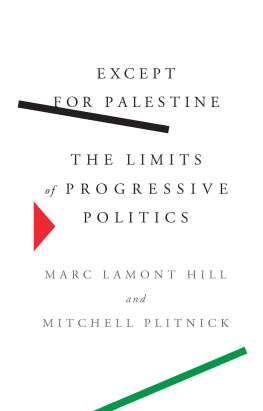

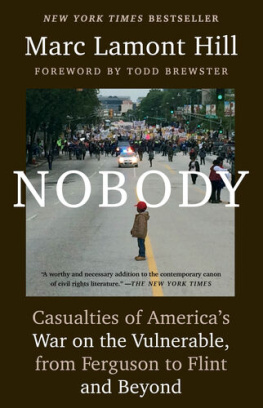

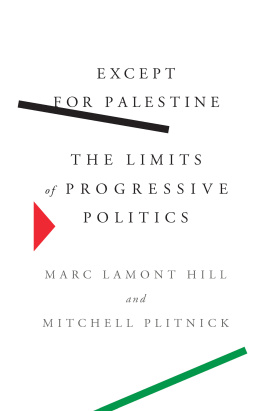

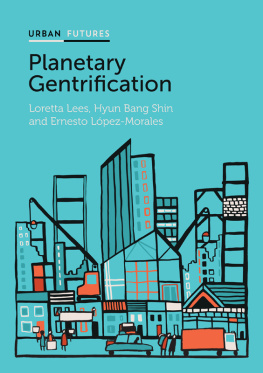
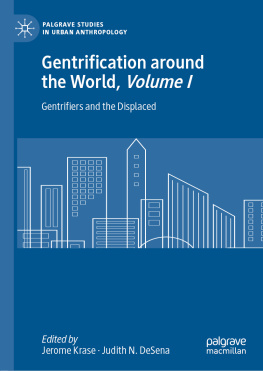
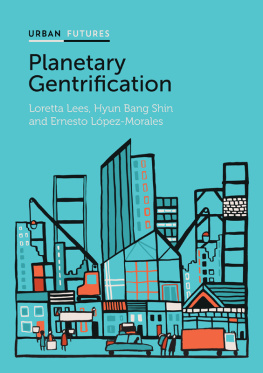

 Printed on acid-free, 100% post-consumer recycled paper with vegetable-based inks.
Printed on acid-free, 100% post-consumer recycled paper with vegetable-based inks.